5 ways to clean a box grater in no time
You won't be putting off washing your box grater any longer with these expert tips


A box grater is a truly handy kitchen tool for so many reasons – shredding the finest onions, cutting the perfect potato discs for your dauphinoise, the list goes on. However, this handiness doesn't extend to the tool's cleaning process, as box graters might just present the toughest cleaning job of all handheld tools in your kitchen.
You don’t have to stand by the sink wondering how to remove residue from each of your grater’s tiny holes any longer. We talked to grater manufacturers and cleaning experts for five different ways you can get your box grater clean.
This could one of our favorite cleaning tips all year.
5 ways to clean a box grater
1. The lemon method
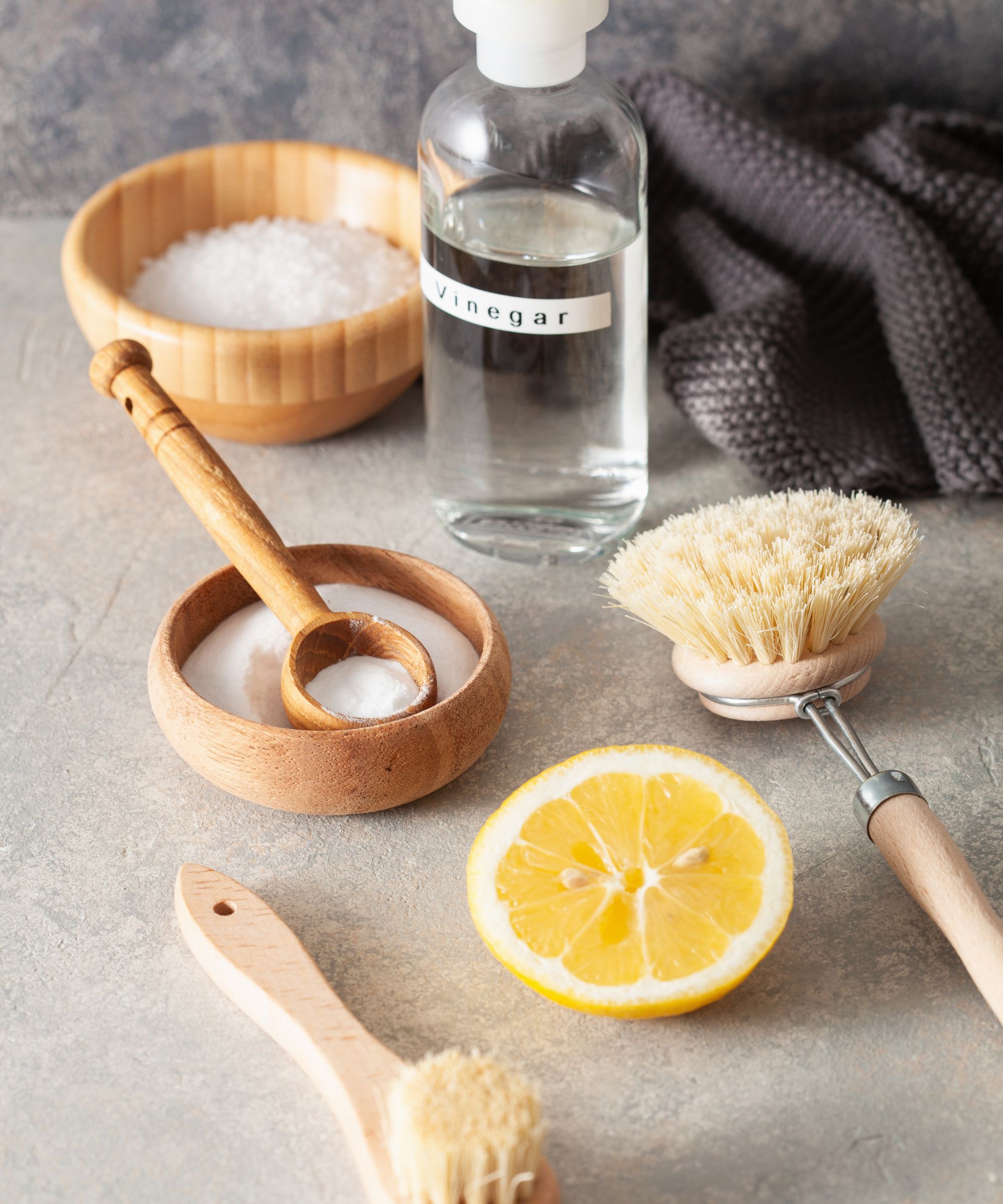
The scent of lemon is common in the cleaning world, but cleaning with lemon juice is the true powerhouse when it comes to mastering tricky dishwashing jobs. Getting your grater sparkling with this method requires only half a lemon, hot water and a bit of time.
The team at No Tox Life, a company born from the desire to provide effective vegan cleaning solutions, praises this method for its ease of getting into every nook of your box grater while simultaneously leaving it with a fresh scent. However, if your grater contains any non-metal components the acidity of a lemon is best to avoid (don’t worry, more methods are to follow!).
‘Cut a lemon in half and rub the grater’s holes with the pulp [the side where the juice is],’ the team shares. ‘Then, after a few minutes of allowing the lemon to sit, rinse your grater down with warm water. You can repeat this process if any residue remains.’
2. The soaking method

This method on the surface is simple and to-the-point. It’s recommended to soak your box grater immediately after use so the food stuck to the grater doesn’t have extra time to dry in. However, if you want your dishes done now, it isn’t the most time-effective choice.
Design expertise in your inbox – from inspiring decorating ideas and beautiful celebrity homes to practical gardening advice and shopping round-ups.
Jara Deaugustino, manager at grate manufacturer Microplane, shares, ‘Soaking your box grater in warm soapy water for a while before cleaning can help loosen stuck-on food without excessive scrubbing. However, doing this shall make your cleaning task last longer, and soaking is not suitable for any grater with wooden components.’
The team at No Tox Life also point out, ‘The soaking method isn’t suitable for graters made from metals that are prone to rusting, or for graters with a non-stick coating’. Placing a plastic box grater in water that is too hot can cause the grater to warp, too, so be careful!
After your grater has had time to soak, continue scrubbing as normal using a dish brush, warm water and soap. For super stuck-on residue, The Pink Stuff Miracle Cleaning Paste available at Walmart and various other retailers can be a great, reliable choice.
It isn’t just a whizz at cleaning kitchen items, either. We actually compiled a list of ten things you can clean with The Pink Stuff, and some of them may surprise you.
3. The toothbrush method
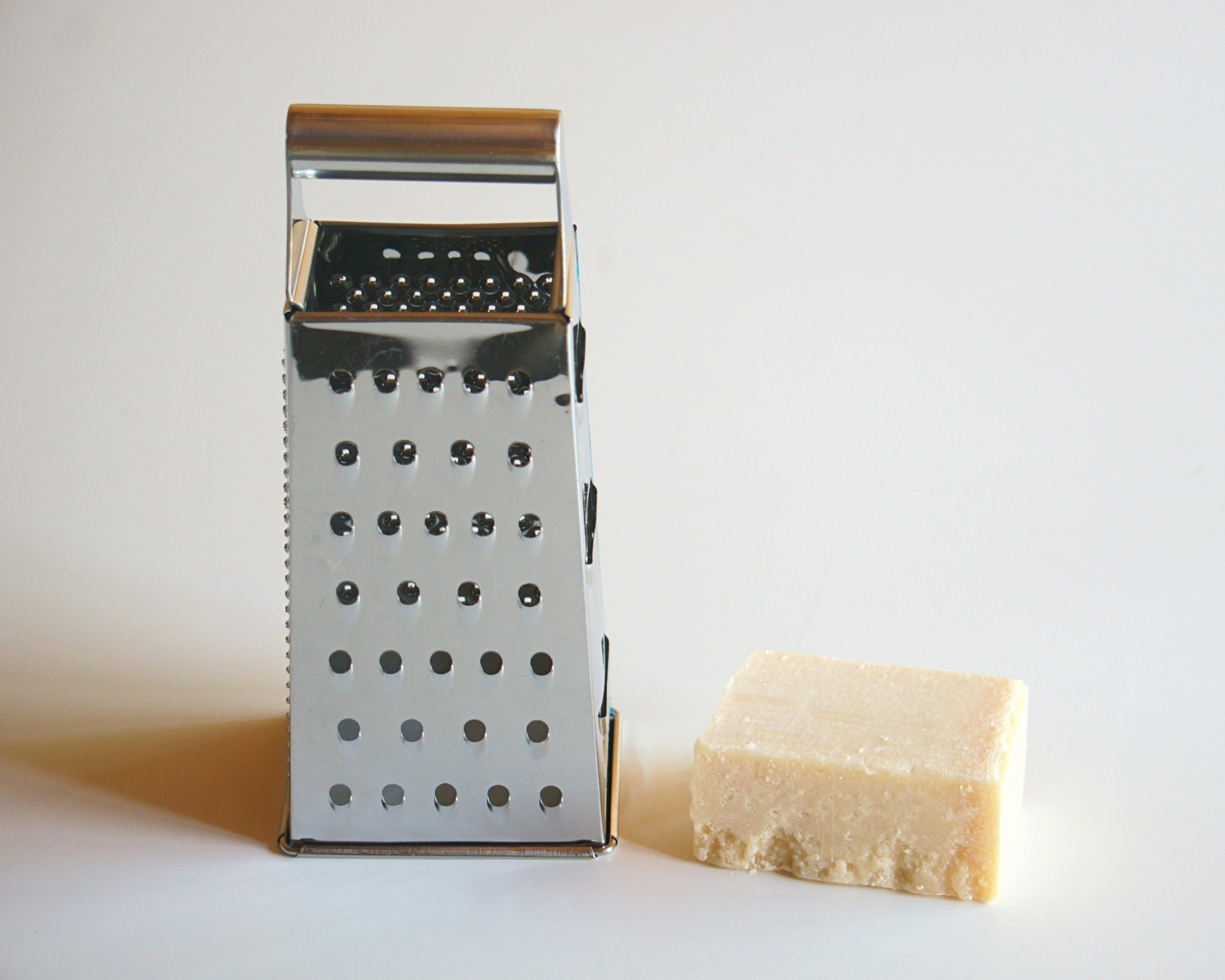
This may at first sound strange but the smaller scrubbing head of a toothbrush makes the tool the perfect thing to access every little hole of your box grater.
Tamara Meyer, founder of Nashville Neat Freaks, says, ‘The bristles of a toothbrush can get into small spaces and remove stubborn residue from your box grater effectively! Although it will require you to have a dedicated toothbrush or two stored in the kitchen for cleaning jobs.’
Brush your box grater as normal using soap, warm water and a toothbrush. Then, rinse the grater down with warm water to remove the residue and soap suds. Repeat these steps as many times as required, and consider soaking your grater in water if possible to loosen stubborn areas.
If you notice your sink’s drain is beginning to become affected by all the food residue going down it, it might be worth contacting a professional or taking time yourself to learn how to fix a slow-draining sink before the problem gets out of hand.
4. The classic sponge method
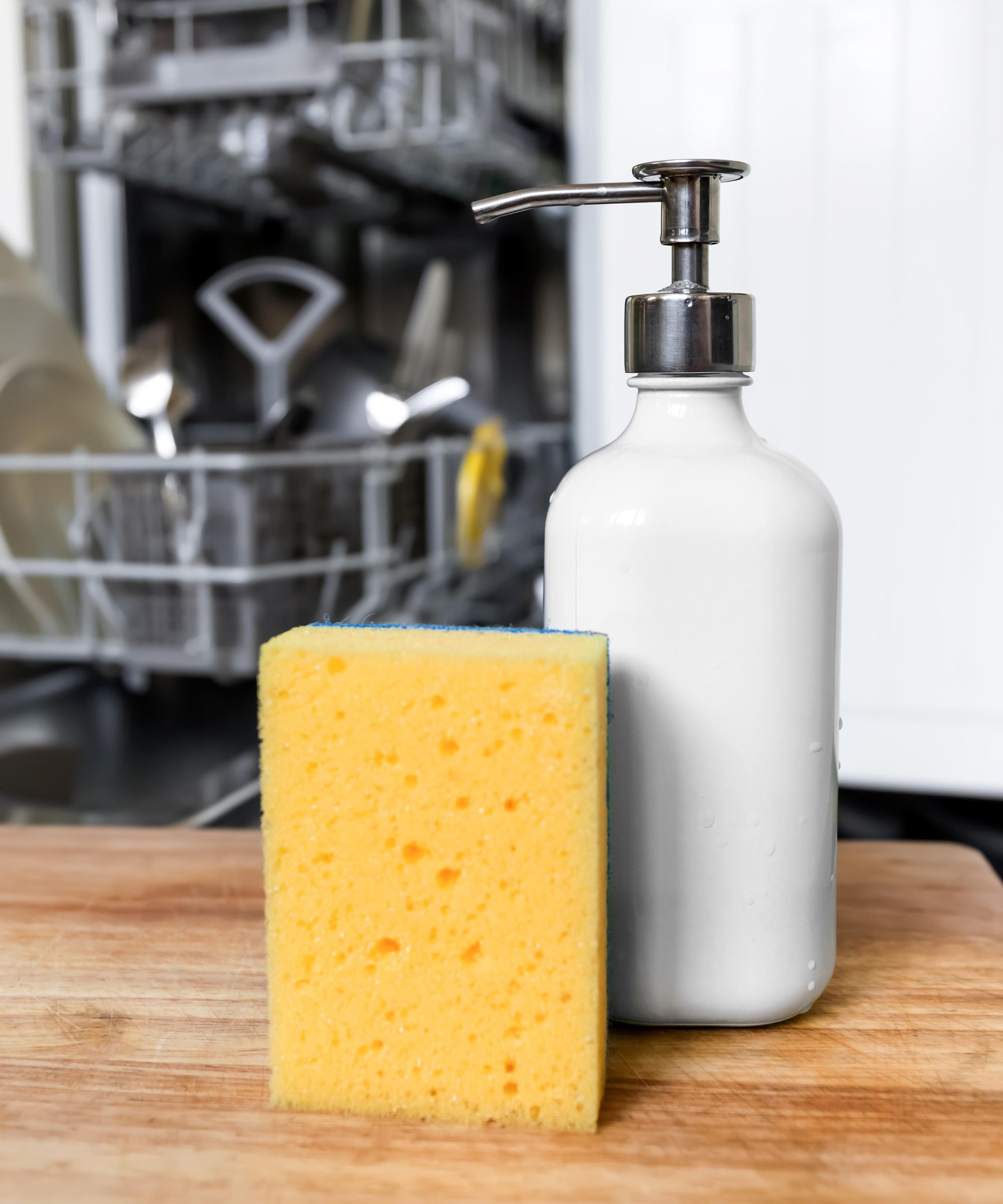
Attempting to clean your kitchen items with a limp, worn out sponge is likely to get you nowhere. However, if you combine some of these grater-specific cleaning tricks with a sturdy sponge such as one from this Scrub Daddy Cleaning Pack of Three from Amazon, you’re going to make more headway.
‘You want to work your soapy sponge inside the grater, stroking away from the holes,’ says Meyer. People commonly make the mistake of scrubbing their box grater holes the wrong way, actually causing residue to get further stuck into the tool.
When cleaning your grater from the inside, you need to be careful to avoid injury or leaving remnants of shredded sponge inside your grater. The last thing you want is flecks of colorful sponge shreds mixed in with your next grated cheese!
5. Use your dishwasher

Putting your box grater through a dishwasher cycle can be an effective solution to cease endlessly scrubbing by hand.
Deaugustino says, ‘Ideally place your box grater on the top rack of the dishwasher, after checking that the product is dishwasher safe.’ This allows the box grater and its stubborn residue to collide with the most water and force.
After your dishwasher’s cycle is completed, check the box grater for remaining food and, if necessary, follow through with one of the other methods to remove it once and for all.
However, it is important to note that not all graters are dishwasher safe, and over time, excessive use of a dishwasher may cause the blades on your box grater to go blunt, so check what yours is made of as it may be an item not to push in the dishwasher.
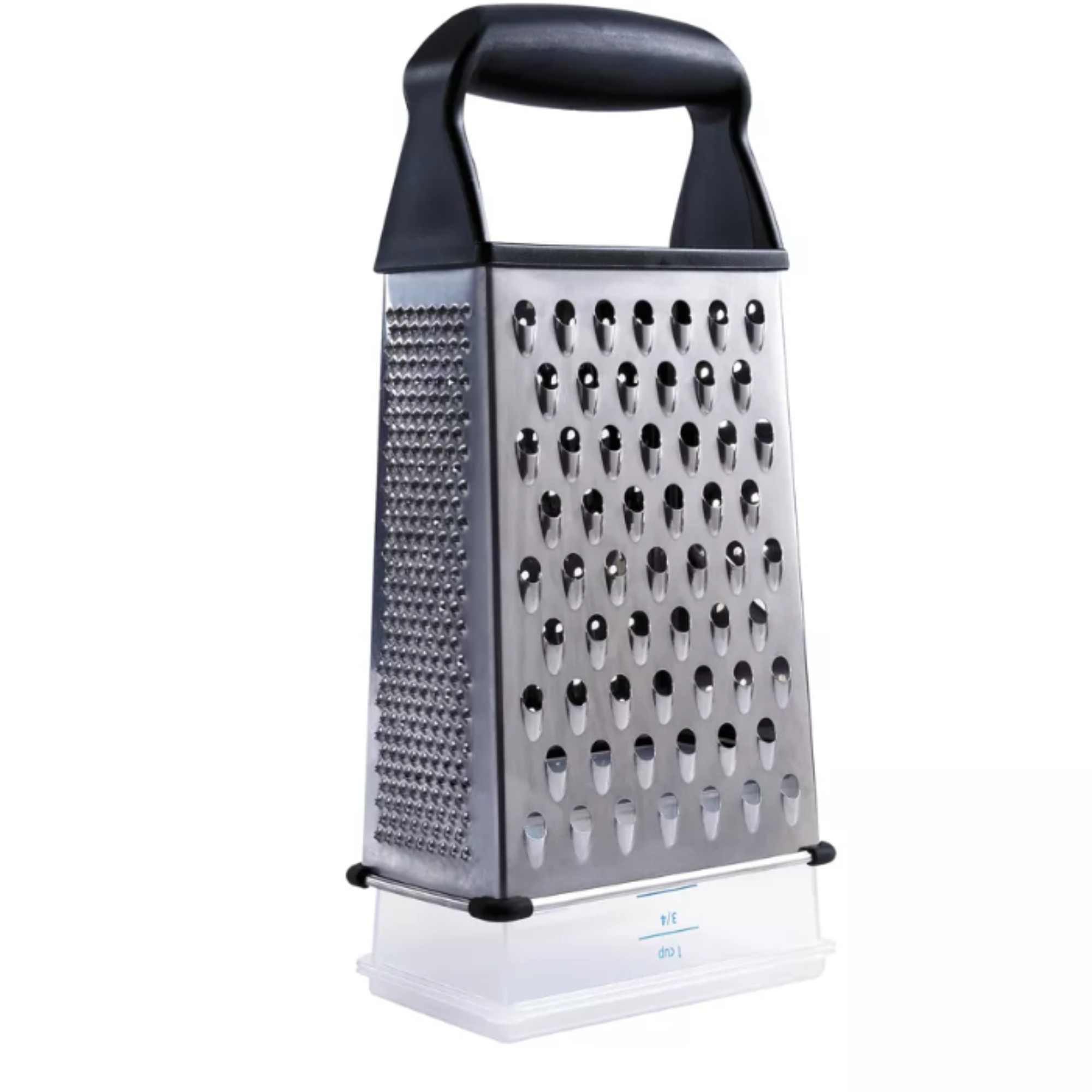
A reliable stainless steel box grater with a self-catching box at the bottom to collect your grated food. Easy to use and clean.

Ideal for any and every cleaning situation, The Pink Stuff's Miracle Paste has become a household must-have.
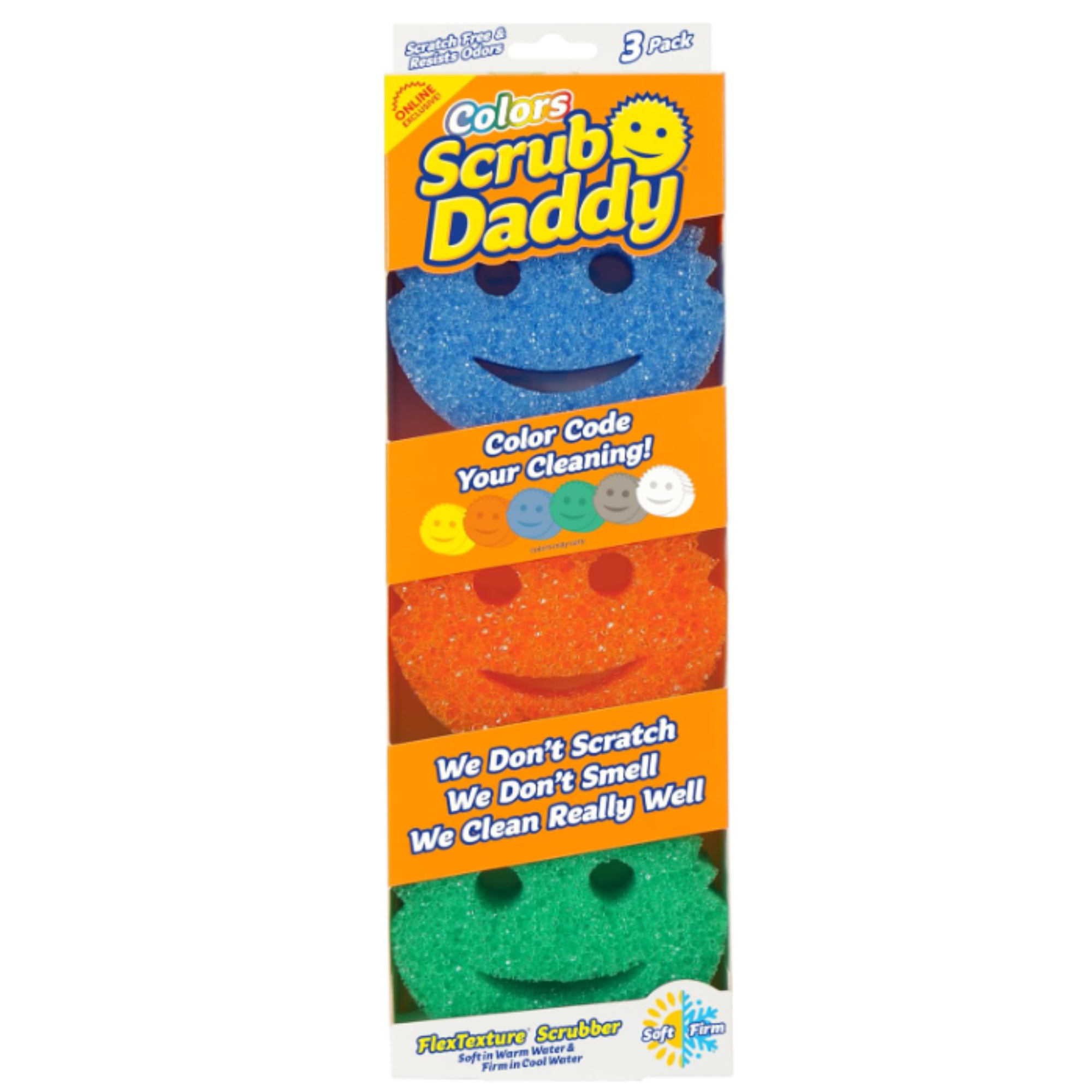
The classic Scrub Daddy in a pack of three colorful sponges. Powerful and with a promise to leave your items scratch-free, these sponges are bound to make any dirty dish shine.
For more tips on how to load a dishwasher properly, follow along with our handy guide. And if you’re seeking out the best dishwasher to purchase for your kitchen, look no further!

Ciéra is a writer and regional laureate with particular passions for art, design, philosophy and poetry. As well as contributing to Homes & Gardens, she's an Editorial Assistant for Design Anthology UK and a contributing writer for magazines including Livingetc, Apartment Therapy, House Beautiful and Ideal Home. Previous commendations of hers include being Highly Commended by The Royal Society of Literature and receiving a prestigious MA Magazine Journalism scholarship to City, University of London.